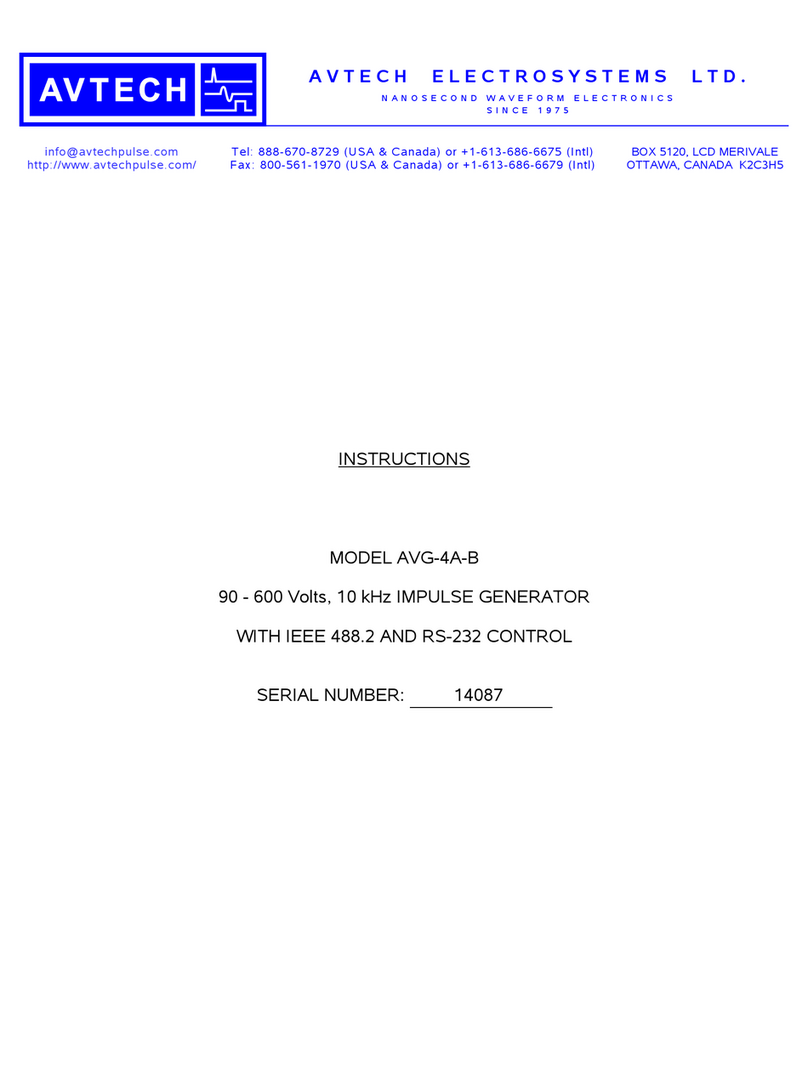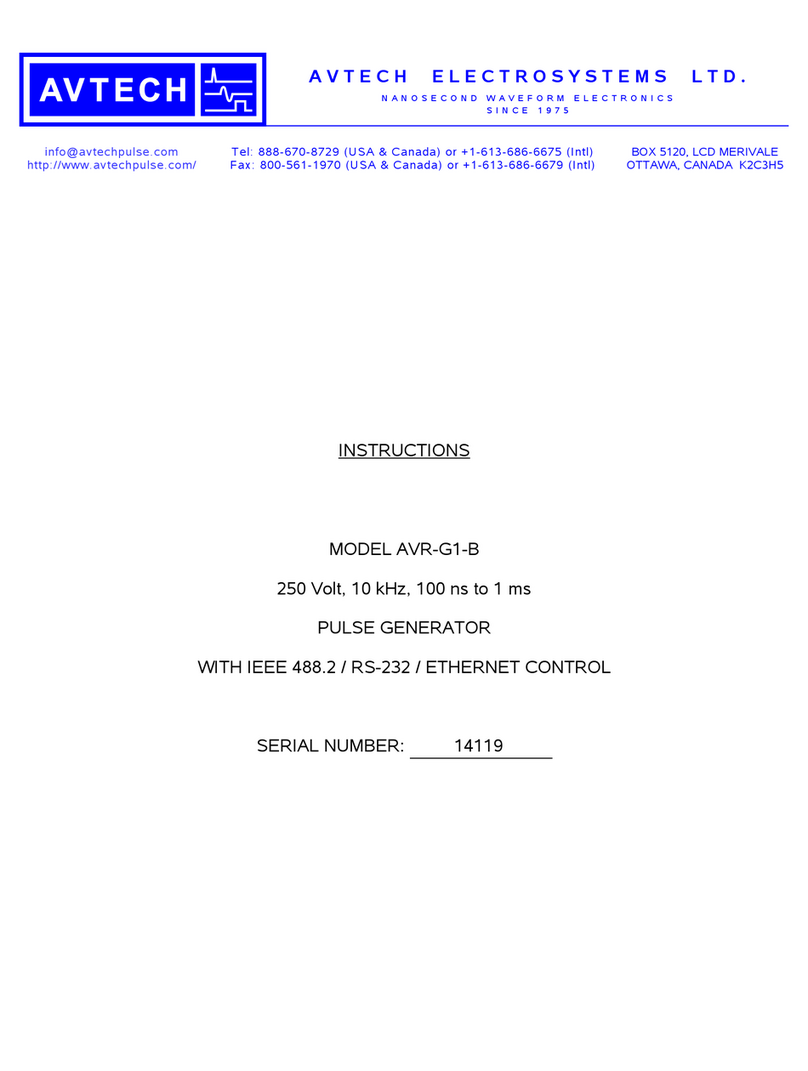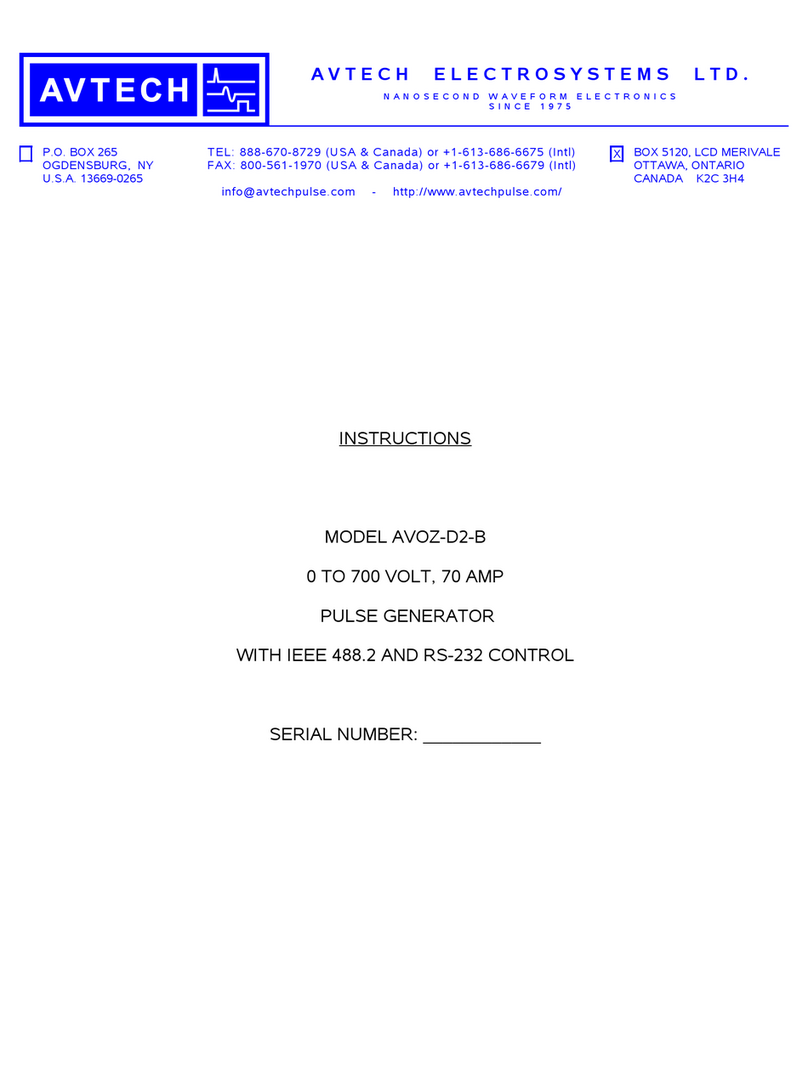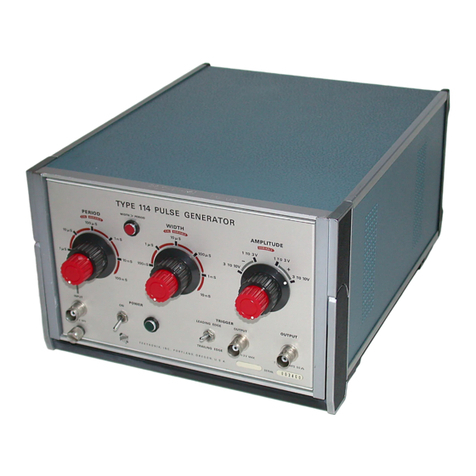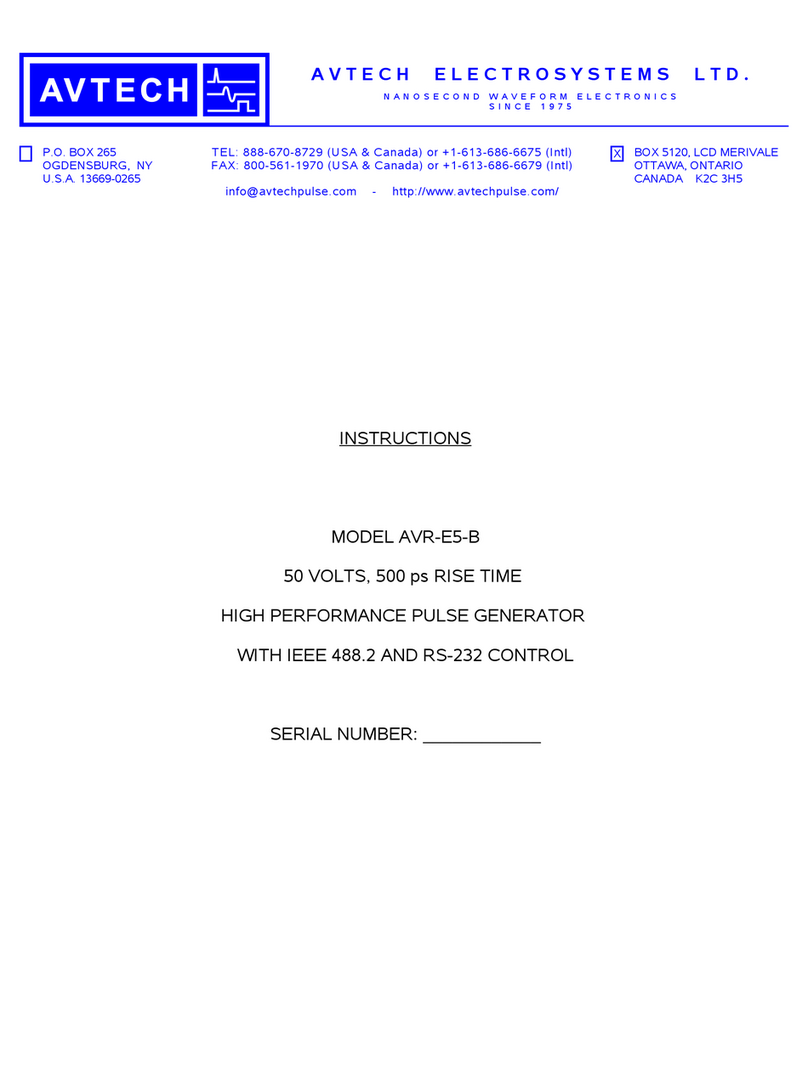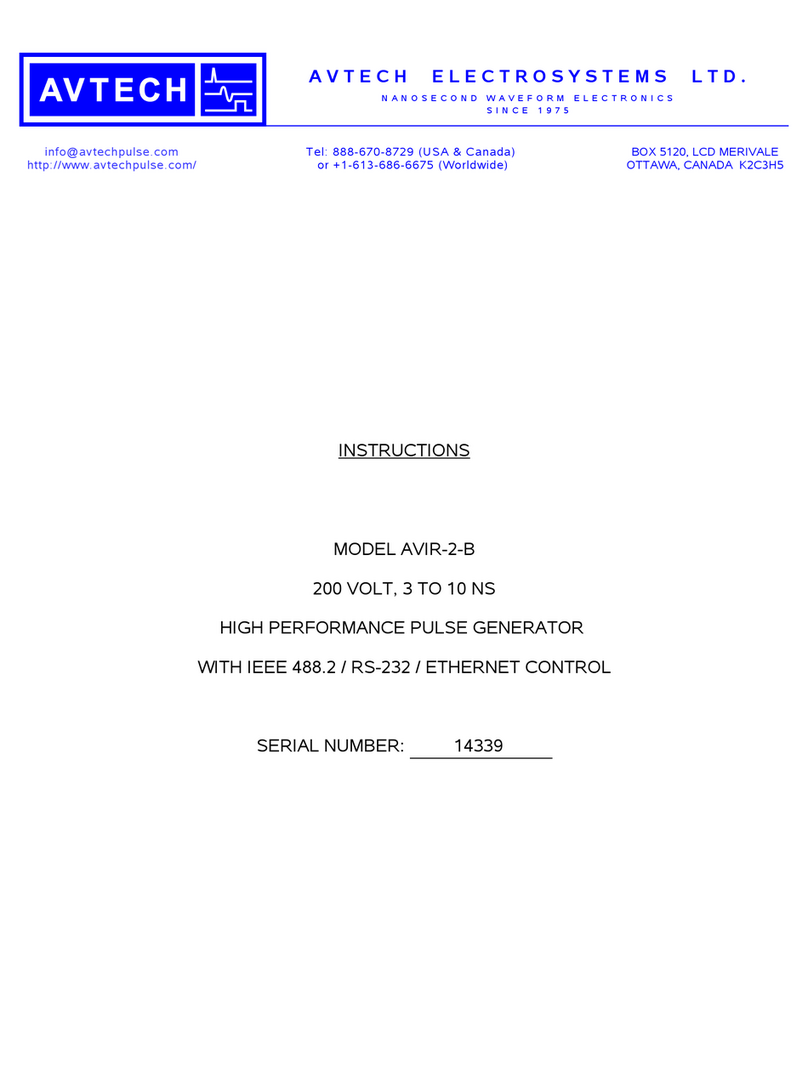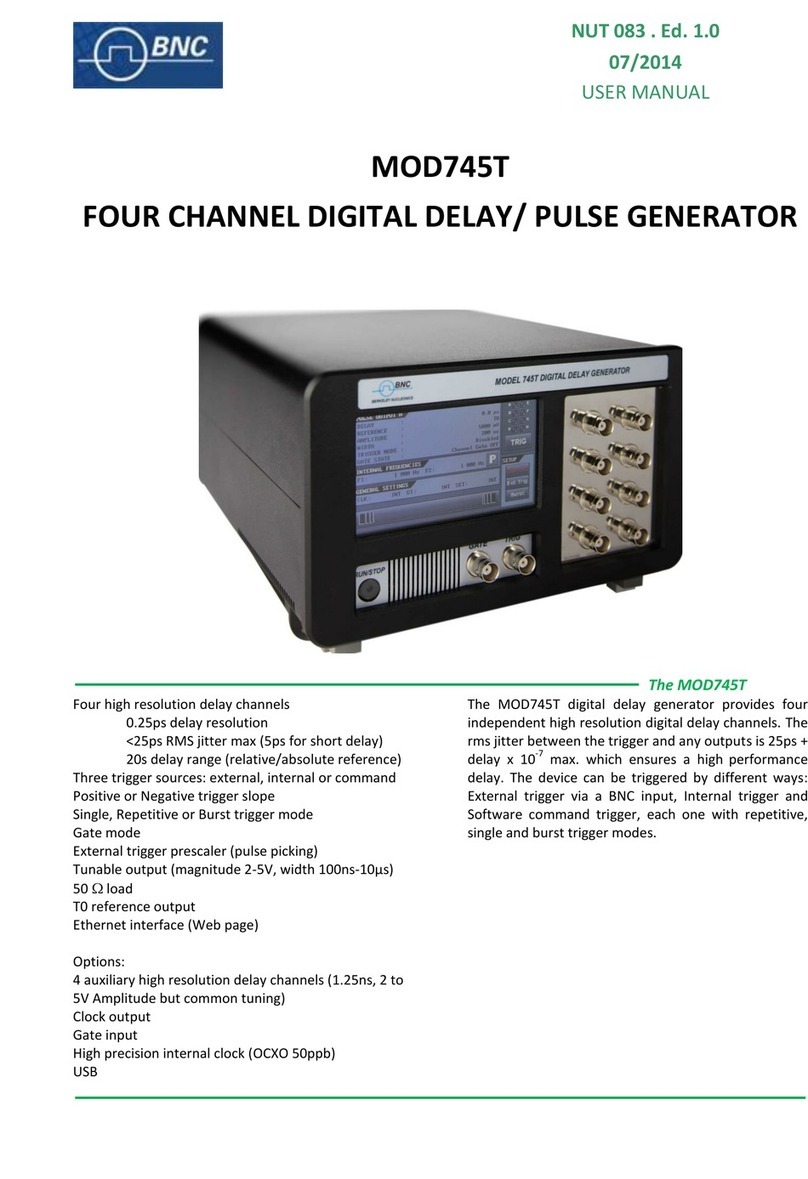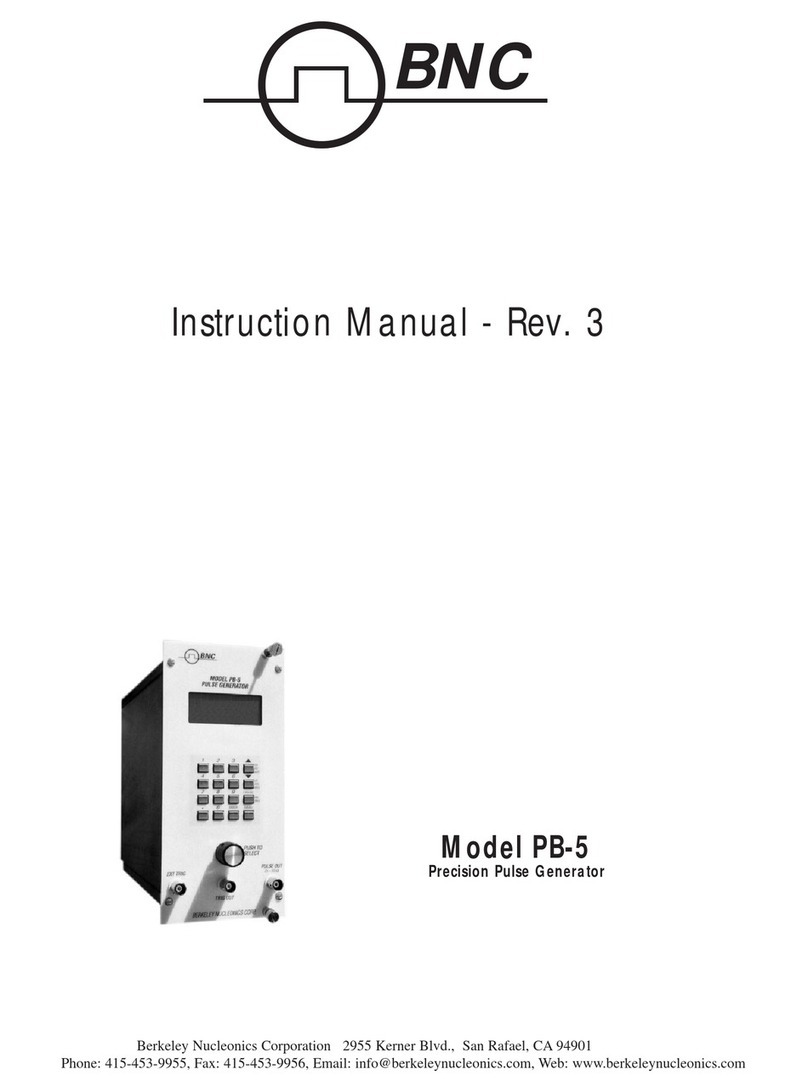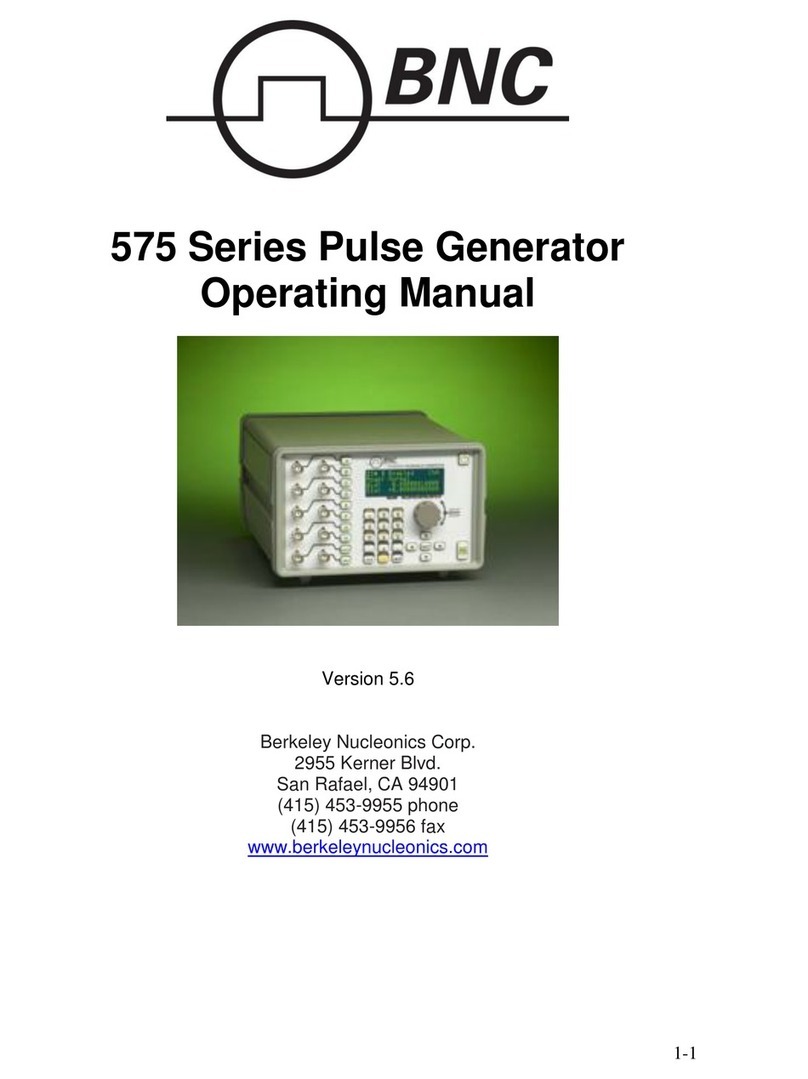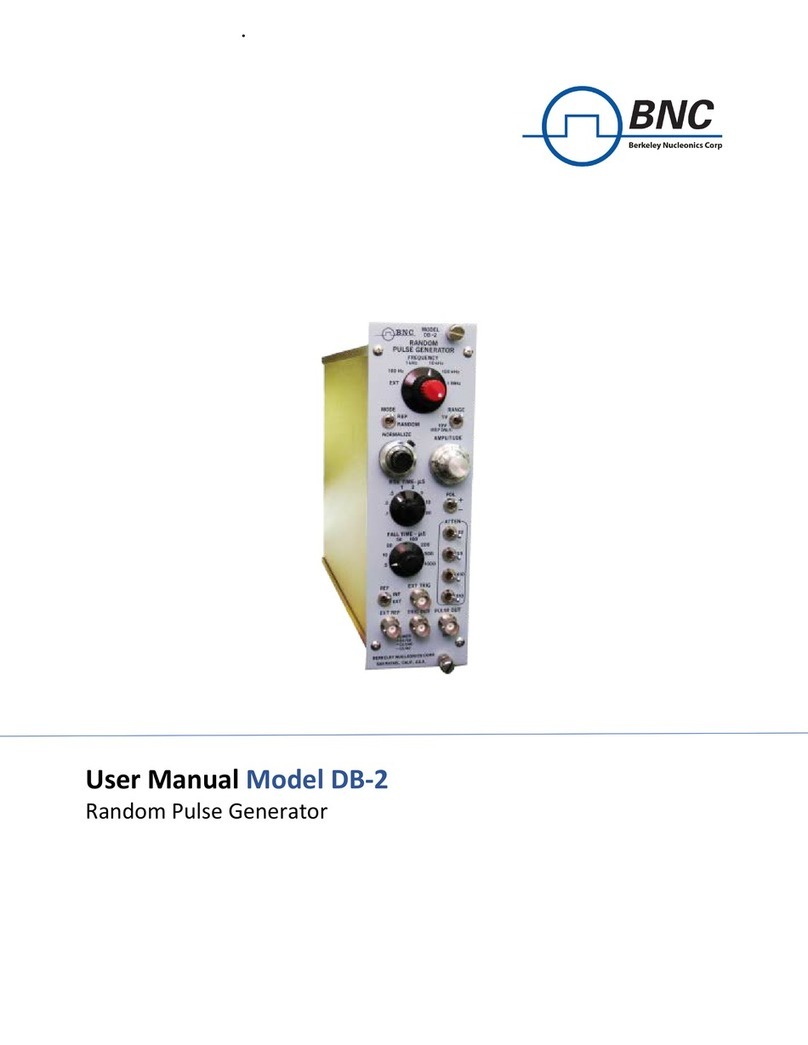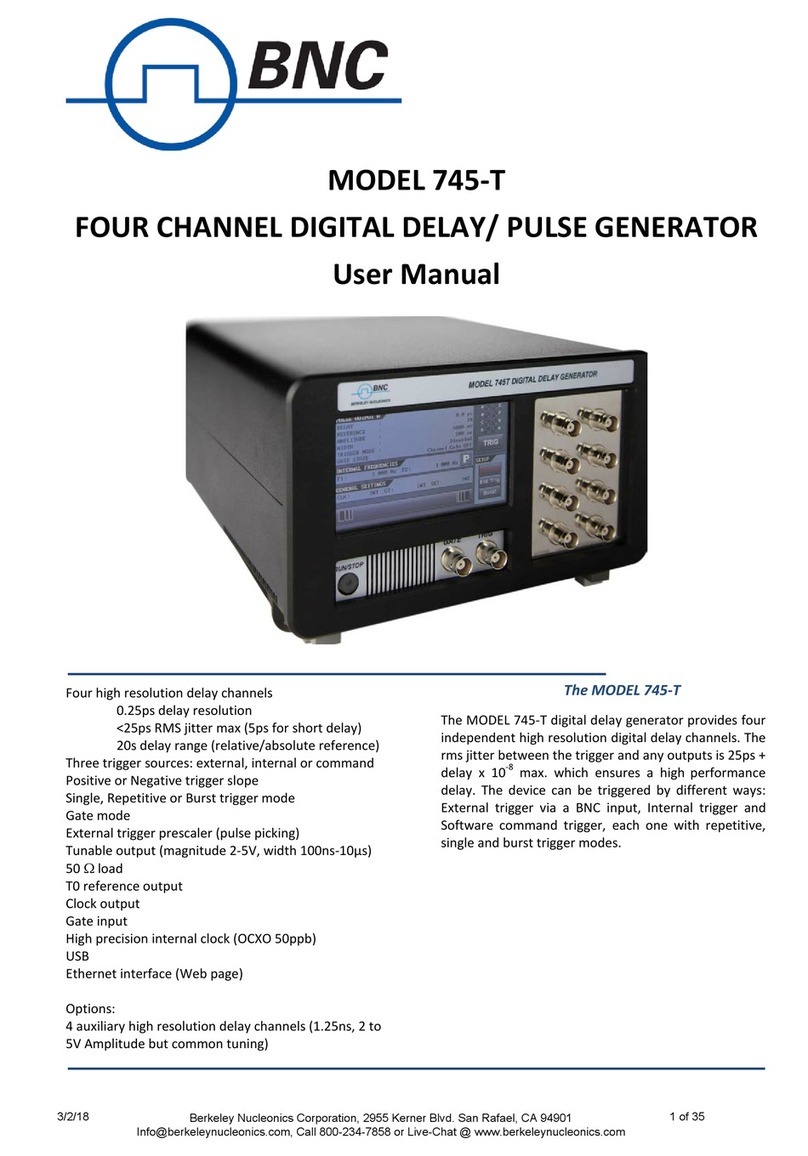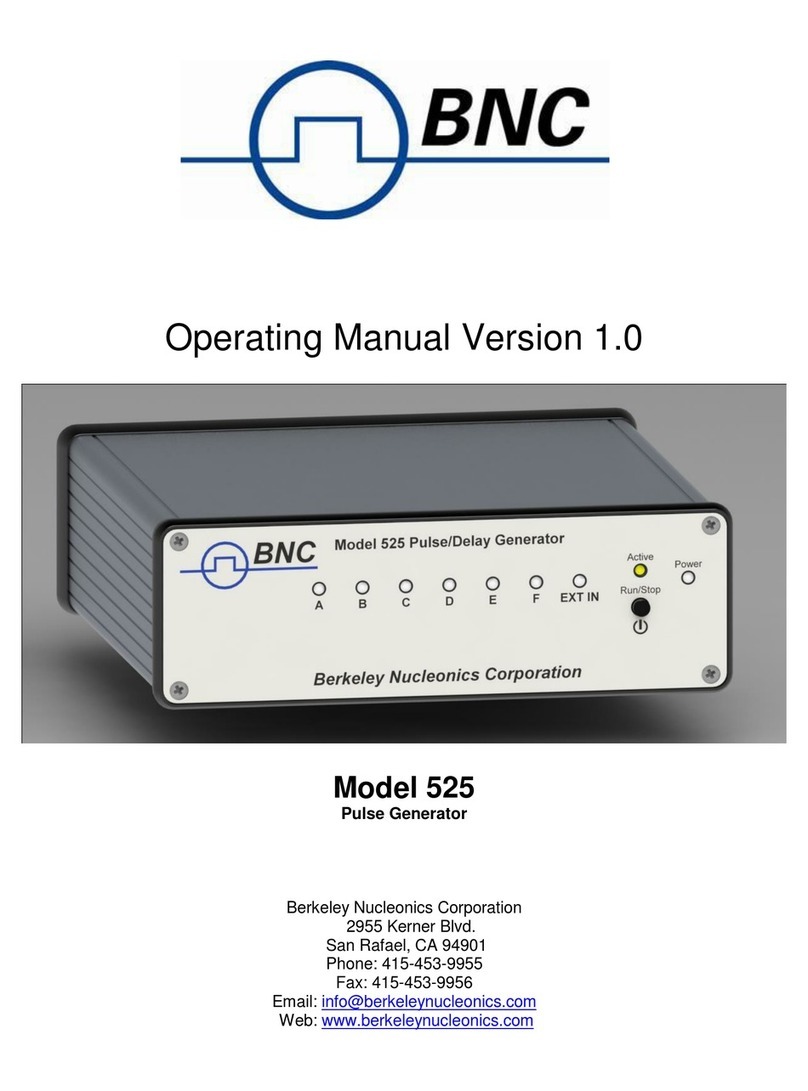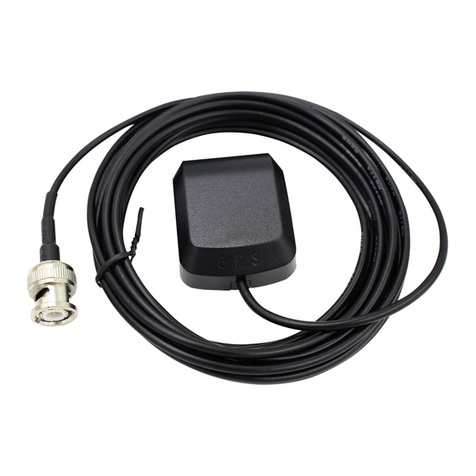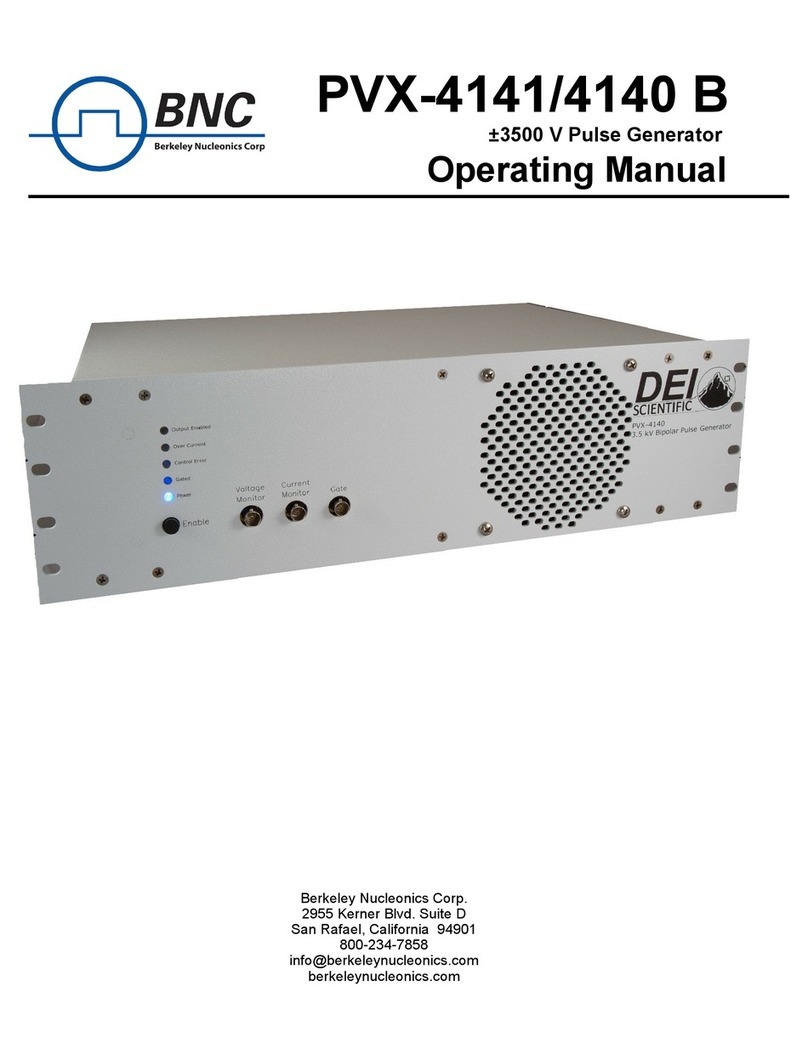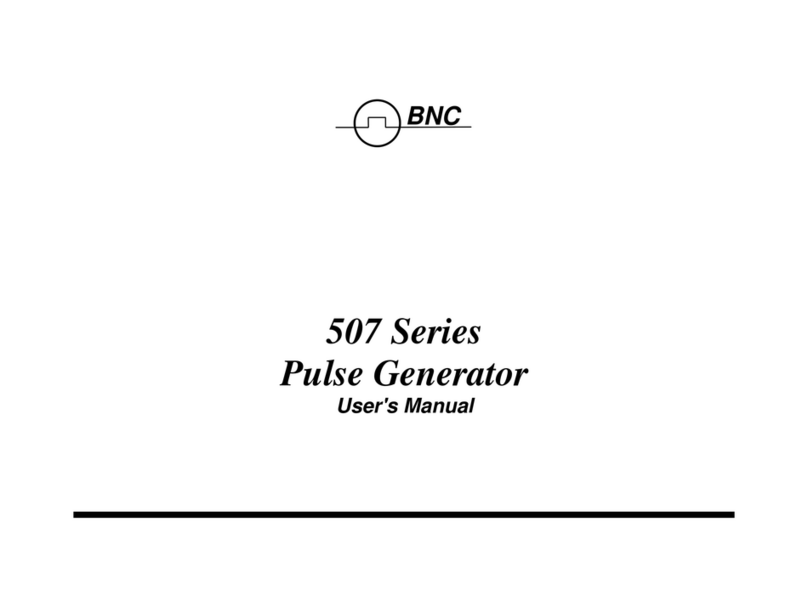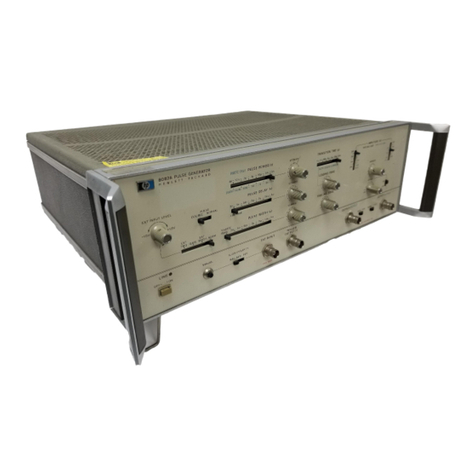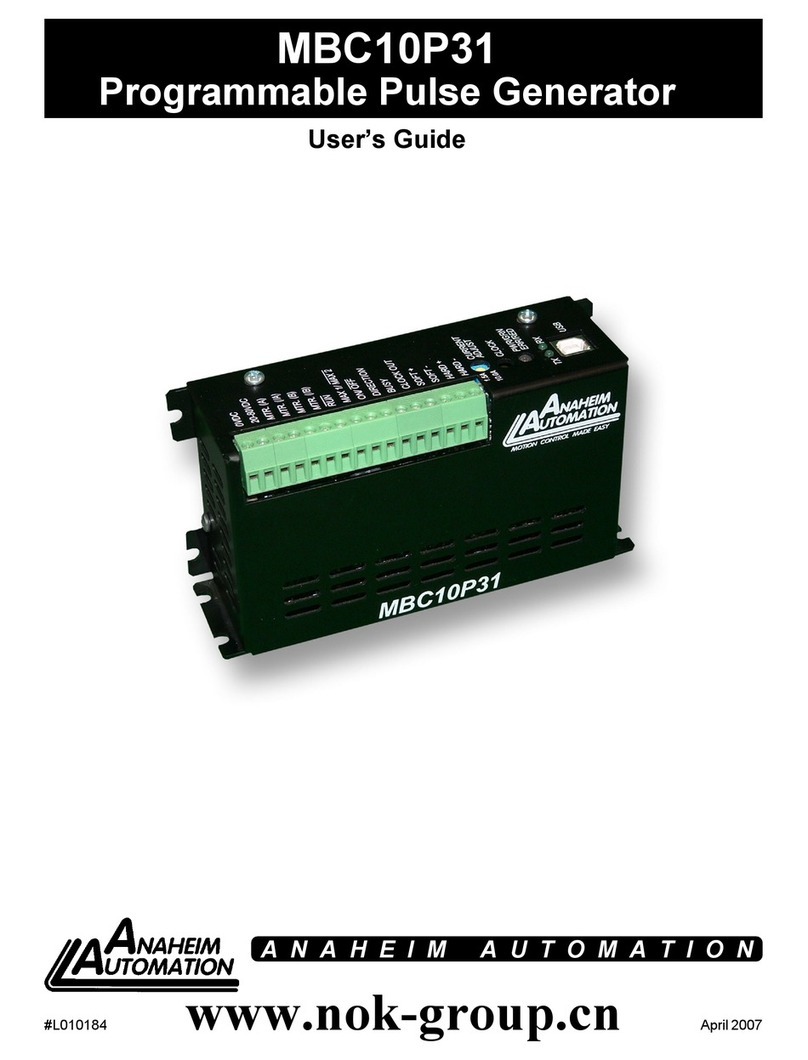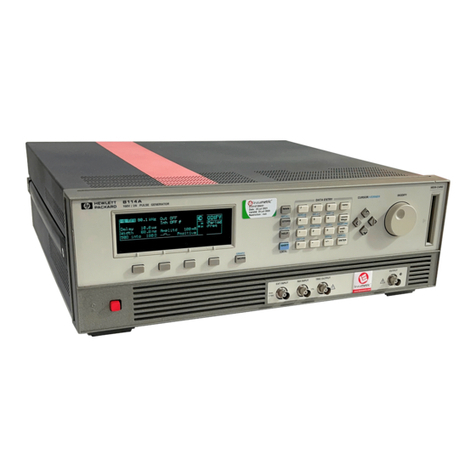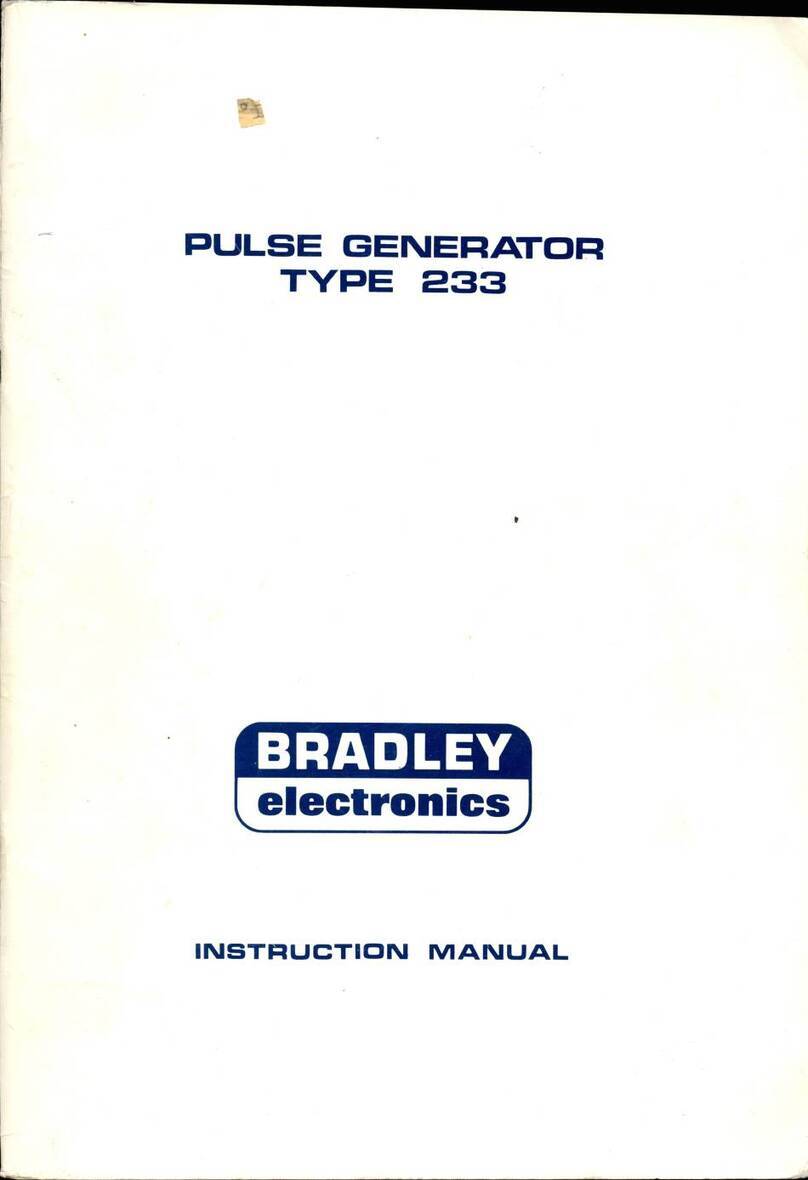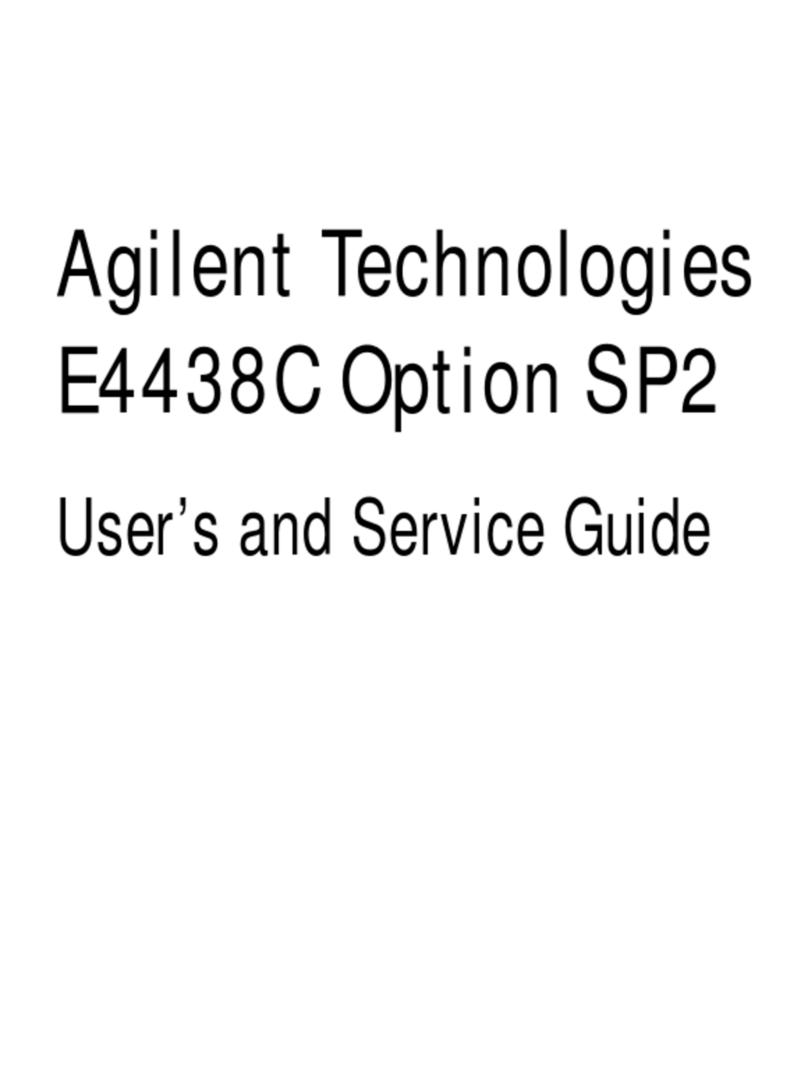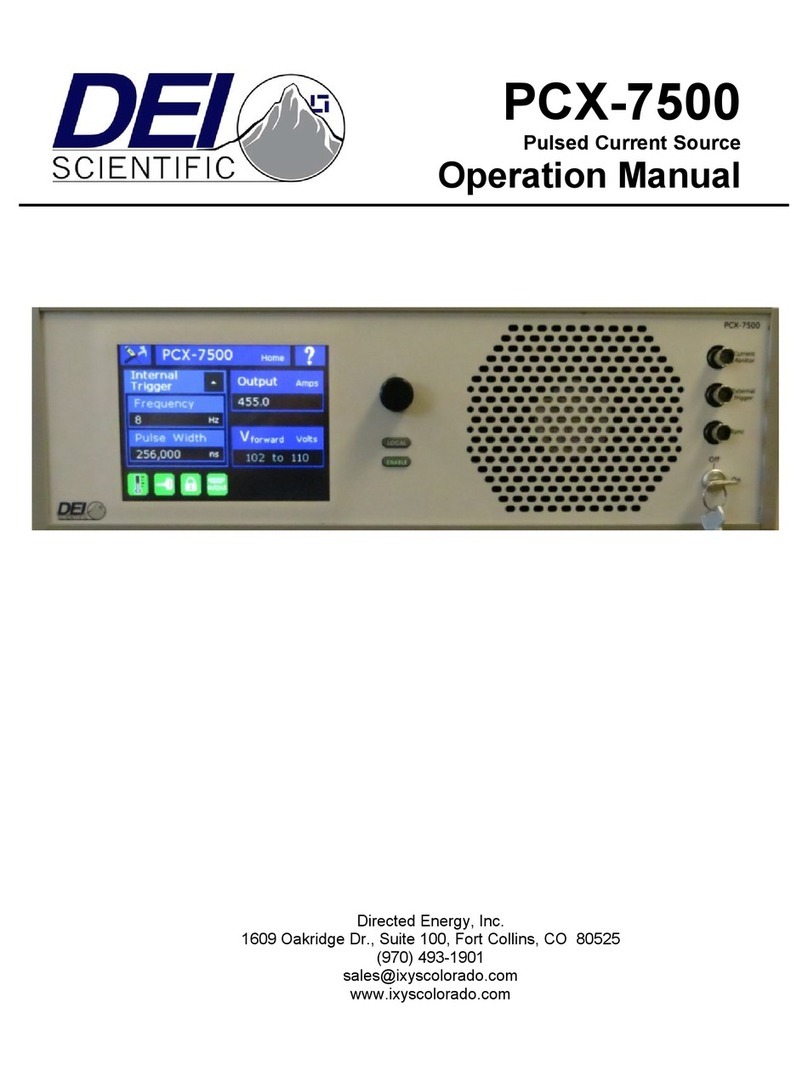
Model 577 Operating Manual ii
7.2.5 Rearming the System ............................................................................................................ 14
7.2.6 Setting the Shot Counter Parameters ................................................................................... 14
7.3 CHANNEL MENUS.............................................................................................................................. 15
7.3.1 Enabling Channel Output...................................................................................................... 15
7.3.2 Channel Menu in Burst Mode ............................................................................................... 15
7.3.3 Channel Menu in Duty Cycle Mode......................................................................................... 1
7.3.4 Channel Page Sub-Menus ....................................................................................................... 1
7.3.5 Sync Menu .............................................................................................................................. 1
7.3.6 Output Menu ........................................................................................................................ 20
7.3.7 Channel Multiplexer.............................................................................................................. 20
7.4 OTHER SYSTEM MENUS ...................................................................................................................... 20
7.4.1 Gate or Trigger Input Menu.................................................................................................. 20
7.4.2 Saving and Loading Configurations ...................................................................................... 21
7.4.3 Communication Configurations ............................................................................................ 20
7.4.4 Configuration Menu.............................................................................................................. 20
7.4.5 Information Menus ............................................................................................................... 20
8REMOTE COMMUNICATION ........................................................................................................... 19
8.1 RS-232 INTERFACE............................................................................................................................ 19
8.2 USB INTERFACE ................................................................................................................................ 19
8.3 GPIB INTERFACE ............................................................................................................................... 20
8.4 ETHERNET INTERFACE ......................................................................................................................... 20
8.4.1 IP Address and Raw TCP/IP Connection ................................................................................ 20
8.4.2 Determining IP Address ........................................................................................................ 20
8.4.3 Setting the 577 to Raw TCP Protocol .................................................................................... 21
8.5 PROGRAMMING COMMAND TYPES AND FORMAT .................................................................................... 22
8.5.1 Line Termination ................................................................................................................... 22
8.5.2 IEEE 488.2 Common Command Format................................................................................ 22
8.5.3 SCPI Command Format ......................................................................................................... 22
8.5.4 SCPI Keyword Separator ....................................................................................................... 23
8.5.5 SCPI Optional Keywords........................................................................................................ 23
8.5.6 SCPI Specific and Implied Channel ........................................................................................ 23
8.5.7 SCPI Parameter Types ........................................................................................................... 23
8.5.8 Error Codes ........................................................................................................................... 24
8.6 577 COMMANDS (SCPI COMMAND SUMMARY)..................................................................................... 25
9OPTION DT15 (DUAL TRIGGER)....................................................................................................... 30
9.1 ENABLING SYSTEM TRIGGER ................................................................................................................ 30
10 OPTION AT35 (35V OUTPUT / FAST RISE).................................................................................... 31
11 OPTION TZ50 (TTL IMPEDANCE MATCHING) ............................................................................... 32
12 OPTION AT45 (45V OUTPUT) ...................................................................................................... 33
12.1 AT45 PROTECTION ERROR MESSAGES .................................................................................................. 33
12.1.1 Module Errors ....................................................................................................................... 20
12.1.2 System Limit Error................................................................................................................. 20
12.2 VOLTAGE CHANGE TIMING .................................................................................................................. 20
12.3 AT45 SCPI COMMAND EXTENSION SUMMARY....................................................................................... 21
13 SAFETY MARKING SYMBOLS ....................................................................................................... 25
14 MODEL 577 SPECIFICATIONS ...................................................................................................... 27
